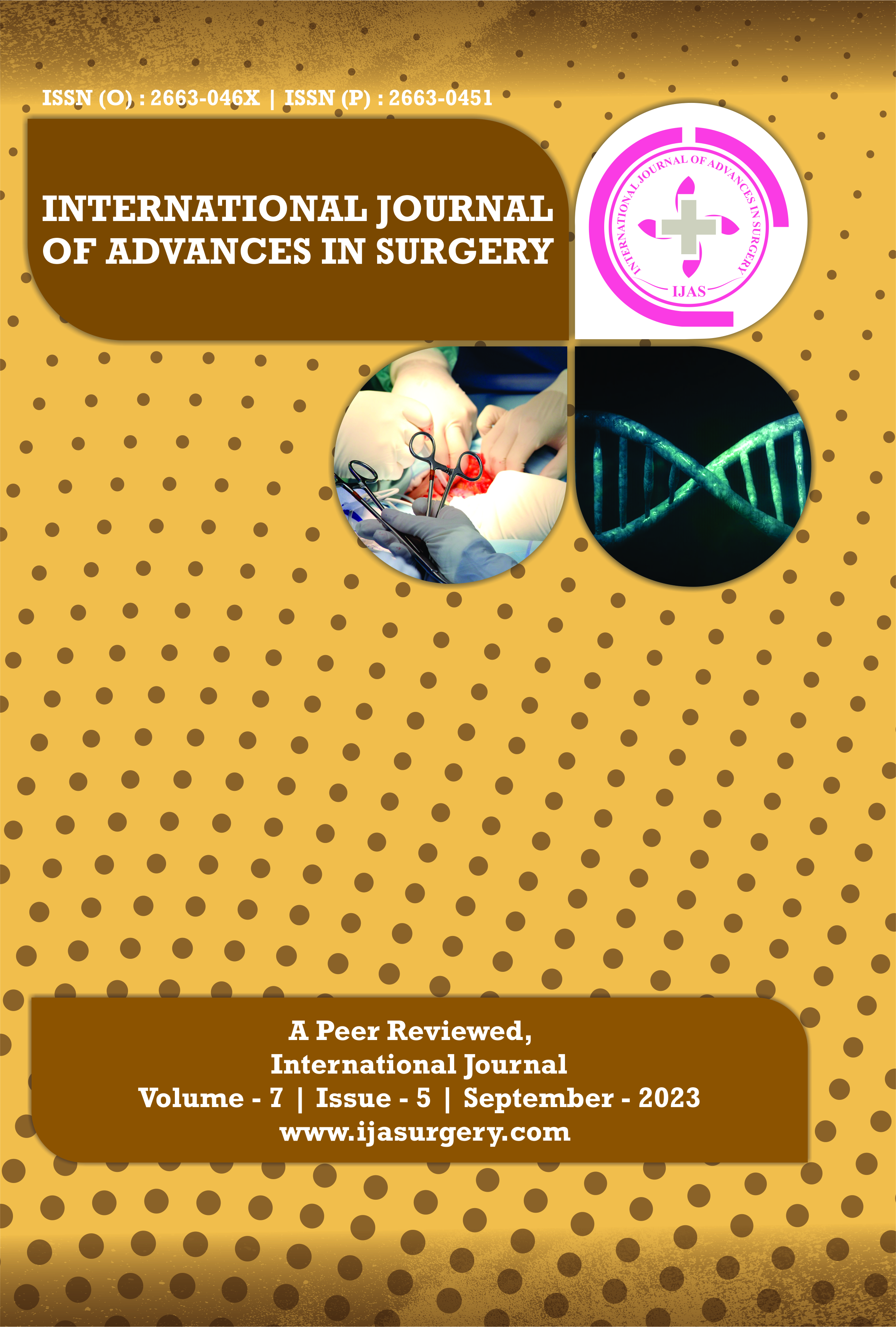International Journal of Advances In Surgery is a peer-reviewed, Open Access journal that publishes original research articles, review articles, and clinical studies in all areas of surgical oncology.
It operates a fully open access publishing model which allows open global access to its published content.
International Journal of Advances In Surgery is included in many leading abstracting and indexing databases.
IJAS rapidly shares research from bench to bedside, with wound care applications for burns, major trauma, blast injuries, surgery, and diabetic ulcers. The Journal provides a critical, peer-reviewed forum for the field of tissue injury and repair, with an emphasis on acute and chronic wounds.

